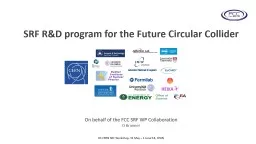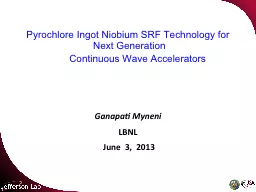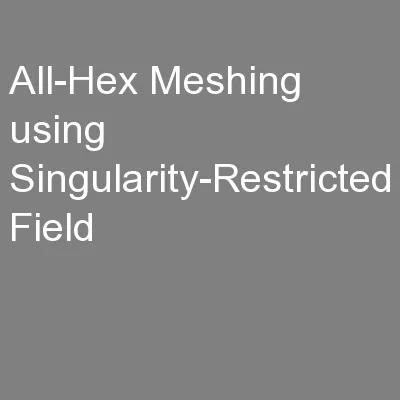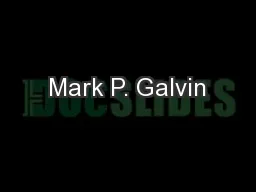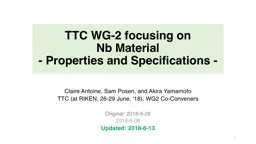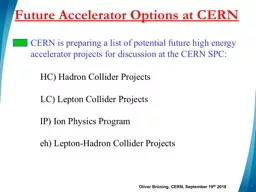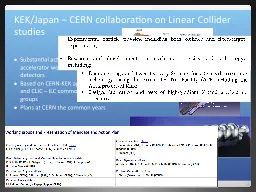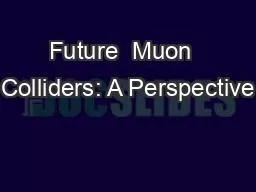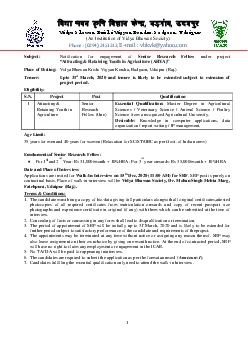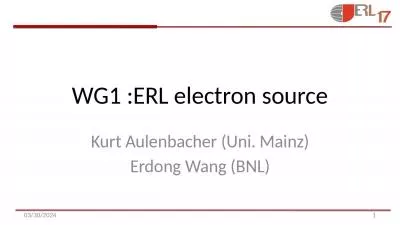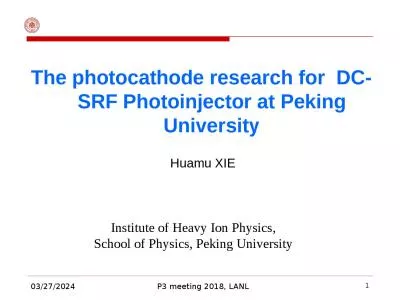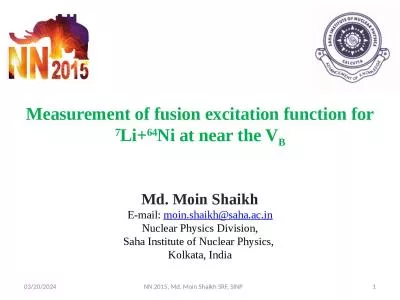PPT-SRF R&D program for the Future Circular Collider
Author : radions | Published Date : 2020-07-02
3 CERN SRF Workshop 31 May 1 June18 CERN On behalf of the FCC SRF WP Collaboration O Brunner International FCC collaboration CERN as host lab to study ppcollider
Presentation Embed Code
Download Presentation
Download Presentation The PPT/PDF document "SRF R&D program for the Future Circ..." is the property of its rightful owner. Permission is granted to download and print the materials on this website for personal, non-commercial use only, and to display it on your personal computer provided you do not modify the materials and that you retain all copyright notices contained in the materials. By downloading content from our website, you accept the terms of this agreement.
SRF R&D program for the Future Circular Collider: Transcript
Download Rules Of Document
"SRF R&D program for the Future Circular Collider"The content belongs to its owner. You may download and print it for personal use, without modification, and keep all copyright notices. By downloading, you agree to these terms.
Related Documents

